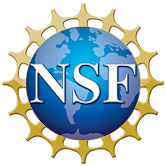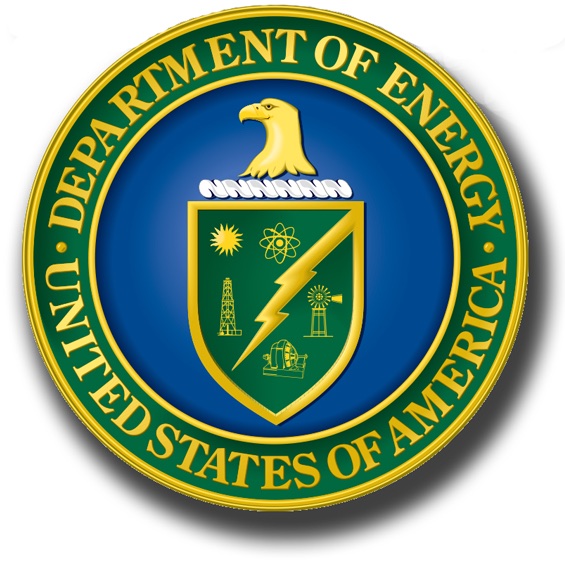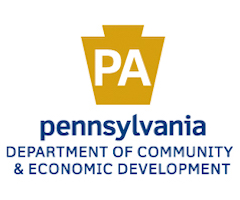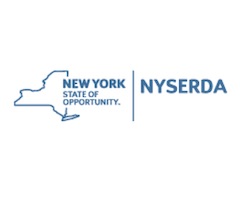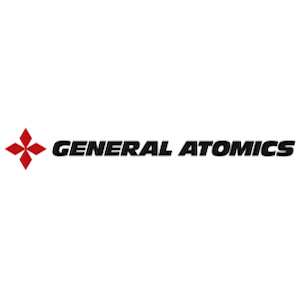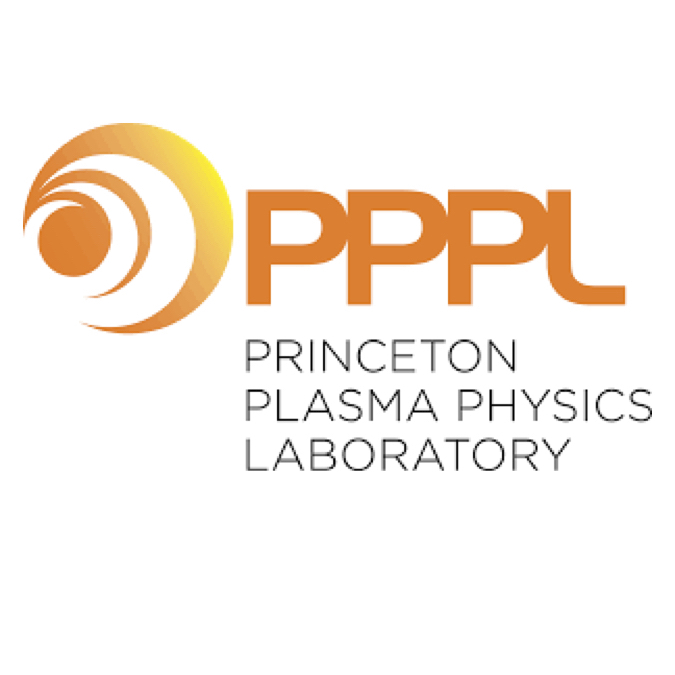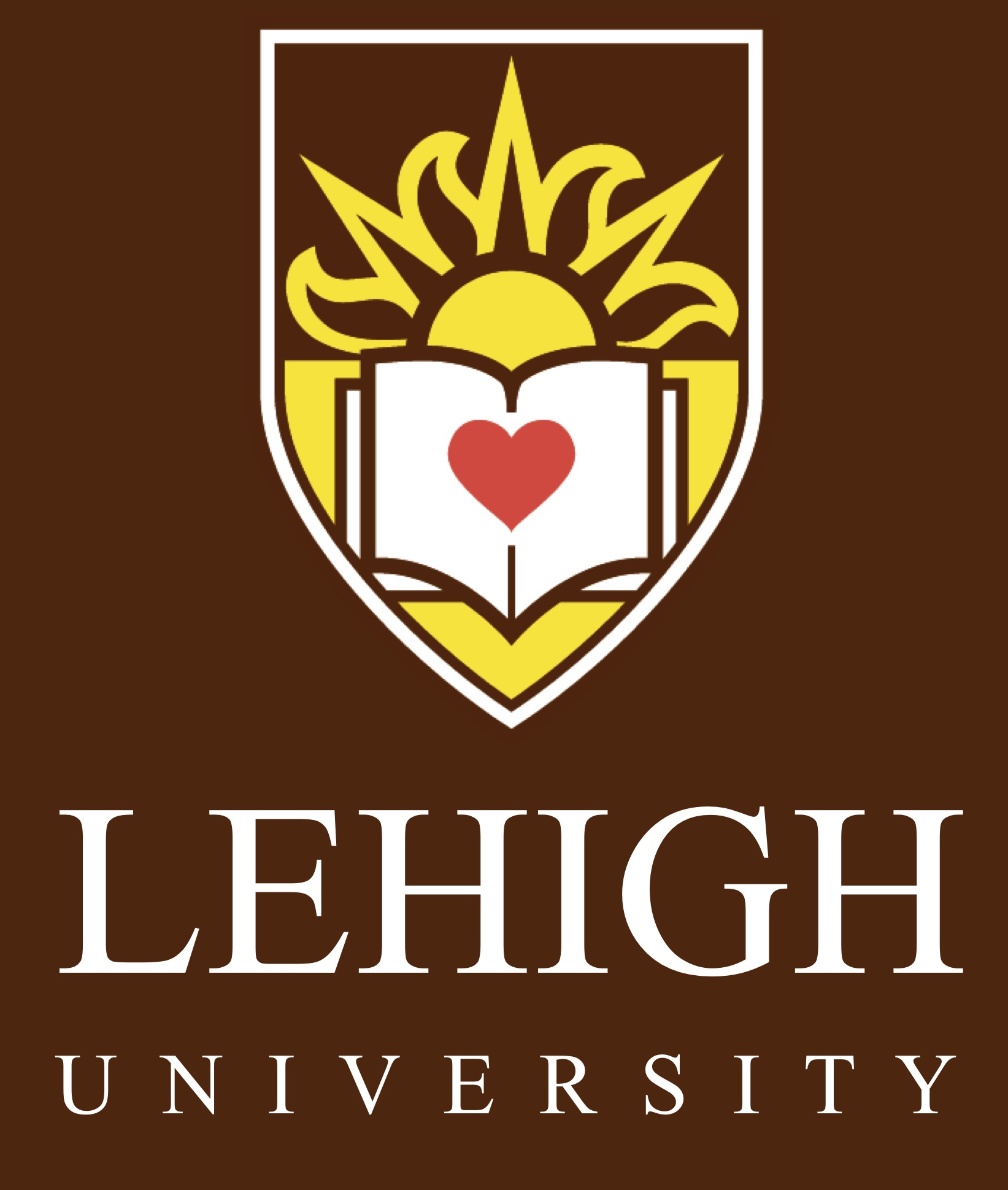Enhanced Reproducibility of L-Mode Plasma Discharges via Physics-model-based q-profile Feedback Control in DIII-D
E. Schuster, J.E. Barton, W.P. Wehner, M.D. Boyer, T.C. Luce, J.R. Ferron, C. Holcomb, M.L. Walker, D.A. Humphreys, W. Solomon, B.G. Penaflor and R.D. Johnson
Nuclear Fusion 57 (2017) 116026 (9pp)
|
Abstract
|

|
Recent experiments on DIII-D demonstrate the potential of
physics-model-based q-profile control to improve reproducibility of
plasma discharges. A combined feedforward + feedback control scheme
is employed to optimize the current ramp-up phase by consistently
achieving target q profiles (Target 1: qmin = 1.3, q95 = 4.4; Target 2:
qmin = 1.65, q95 = 5.0; Target 3: qmin = 2.1, q95 = 6.2) at prescribed
times during the plasma formation phase (Target 1: t = 1.5 s; Target 2:
t = 1.3 s; Target 3: t = 1.0 s). At the core of the control scheme is
a nonlinear, first-principles-driven, physics-based, control-oriented
model of the plasma dynamics valid for low confinement (L-mode) scenarios.
To prevent undesired L-H transitions, a constraint on the maximum
allowable total auxiliary power is imposed in addition to the maximum
powers for the individual heating and current-drive sources.
Experimental results are presented to demonstrate the effectiveness of
the combined feedforward + feedback control scheme to consistently
achieve the desired target pro les at the predefined times. These
results also show how the addition of feedback control significantly
improves upon the feedforward-only control solution by reducing the
matching error and also how the feedback controller is able to reduce
the matching error as the constraint on the maximum allowable total
auxiliary power is relaxed while keeping the plasma in L-mode.
